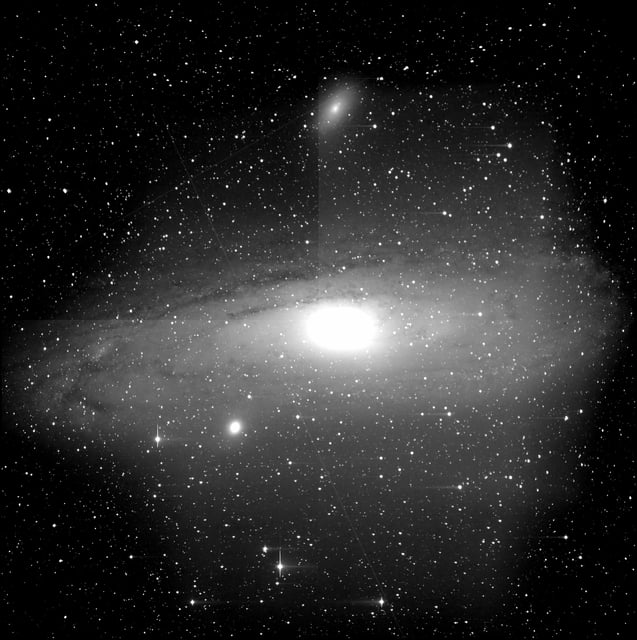Overview
- Flyeye-1 achieved its ‘first light’ on May 20, 2025, capturing images of asteroids 35107 1991 VH and 139289 2001 KR1 to demonstrate rapid follow-up capabilities.
- Its compound-eye-inspired design uses a one-metre primary mirror split into 16 high-sensitivity channels to survey sky regions over 200 times the area of the full Moon in a single exposure.
- Once installed on Monte Mulfara, the telescope will run automatic nightly scans with scheduling optimized for lunar brightness and complementary survey programs.
- Potential new detections will be vetted by ESA’s Near-Earth Object Coordination Centre and forwarded to the Minor Planet Center for global tracking.
- Up to three more Flyeye units are planned across both hemispheres, with the next telescope expected to be operational by 2028 to enhance early warning of hazardous objects.

